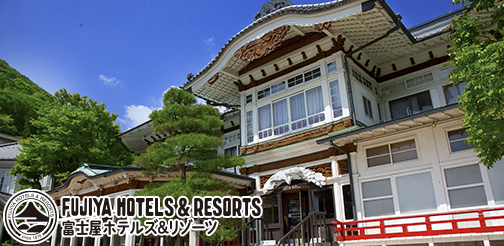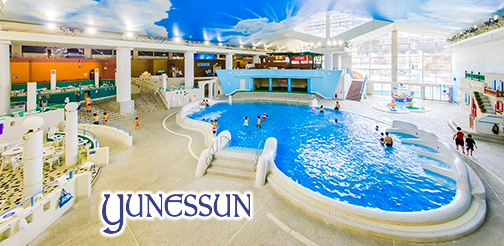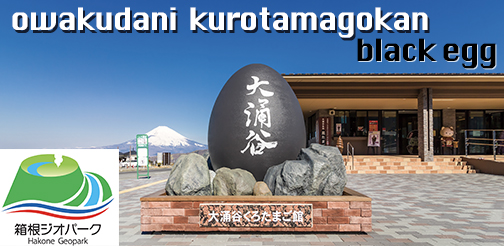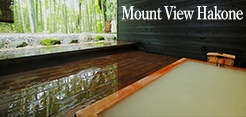From Hakone-yumoto station, cross the river and walk toward Hakone-kaido for about 10 minutes.
After walking up the steep mountain road, you will see the atmospheric gate of the Soun temple on your right. Sounji Temple was built in accordance with the will of Soun Hojo, a warlord active in the early Warring States period, and is also the family temple of the Odawara Hojo clan, which ruled the whole Kanto region from Odawara Castle until 1590.
It is said that Soun Hojo, the founder of the Hojo dynasty, was very fond of Yumoto. Sounji was built in 1521 by his son, Hojo Ujitsuna. At one time, in addition to the main hall, many towers and dormitories were built, and the temple prospered greatly as the best Zen temple in the Kanto region with many priests. The town of Yumoto also had the aspect of being the temple town of Sounji.
However, this prosperity did not last long. The Hojo clan boasted immense power in the Kanto region, centered on Odawara Castle, but the times were beginning to move toward the reign of Toyotomi Hideyoshi. The fourth generation of the Hojo clan, Ujimasa, disobeyed Hideyoshi when he was in the process of centralizing power in Japan. Odawara Castle, which was said to be impregnable, was surrounded by a large army of Toyotomi and fell after a 3 month long siege ending the rule of the Hojo Clan. In 1590, the Hojo clan fell, and Sounji Temple fell into disrepair.
It was not until the Edo period (1603-1868) that Sounji came to life again. The temple was rebuilt in 1627 by a monk named Kikujo Sozon, the 17th generation, and was granted a vermilion seal by Iemitsu, the third Tokugawa shogun.
The temple grounds are filled with many valuable cultural assets, including the main hall, which was rebuilt in the Edo period. Of these, the graveyard of the five generations of Hojo behind the temple is a must-see for the zen garden surroundings and historical significance. The tombs of Hojo Soun, Ujitsuna, Ujiyasu, Ujimasa, and Ujinao are built in a row. The area was burned down during Toyotomi’s attack on Odawara, and the actual location of the graves is not known, so these graves were built by the descendants of the Hojo clan in the Edo period. This grave was built by a descendant of the Hojo clan in the Edo period. It is not very large, and the simple grave marker gives a humble sense of what the Hojo clan once were.
Just strolling around the precincts of the temple is quite impressive, but it is also recommended to visit the temple in time for the special opening of the sliding door paintings in the main hall and temple treasures for a few days in early November every year.
















